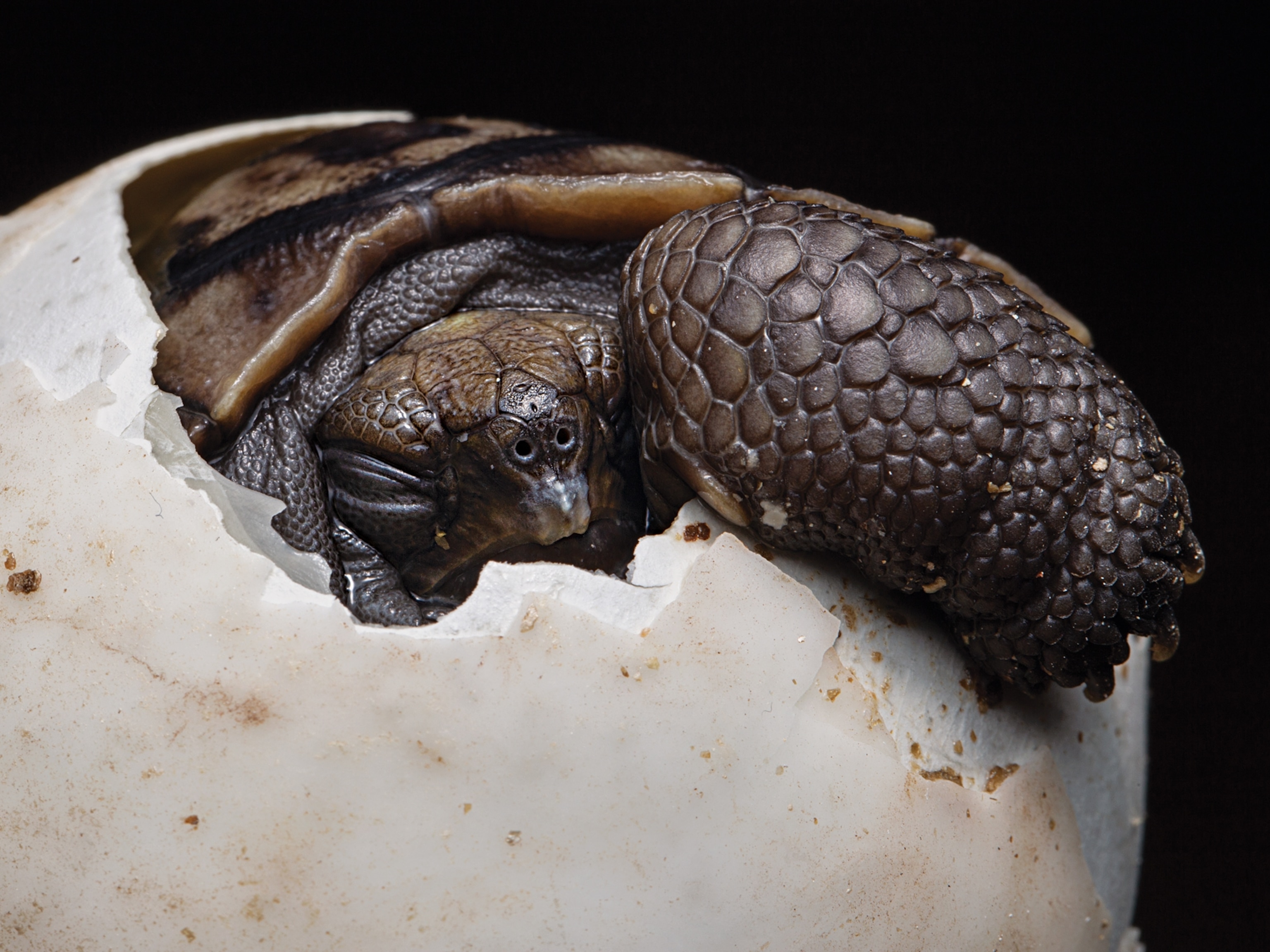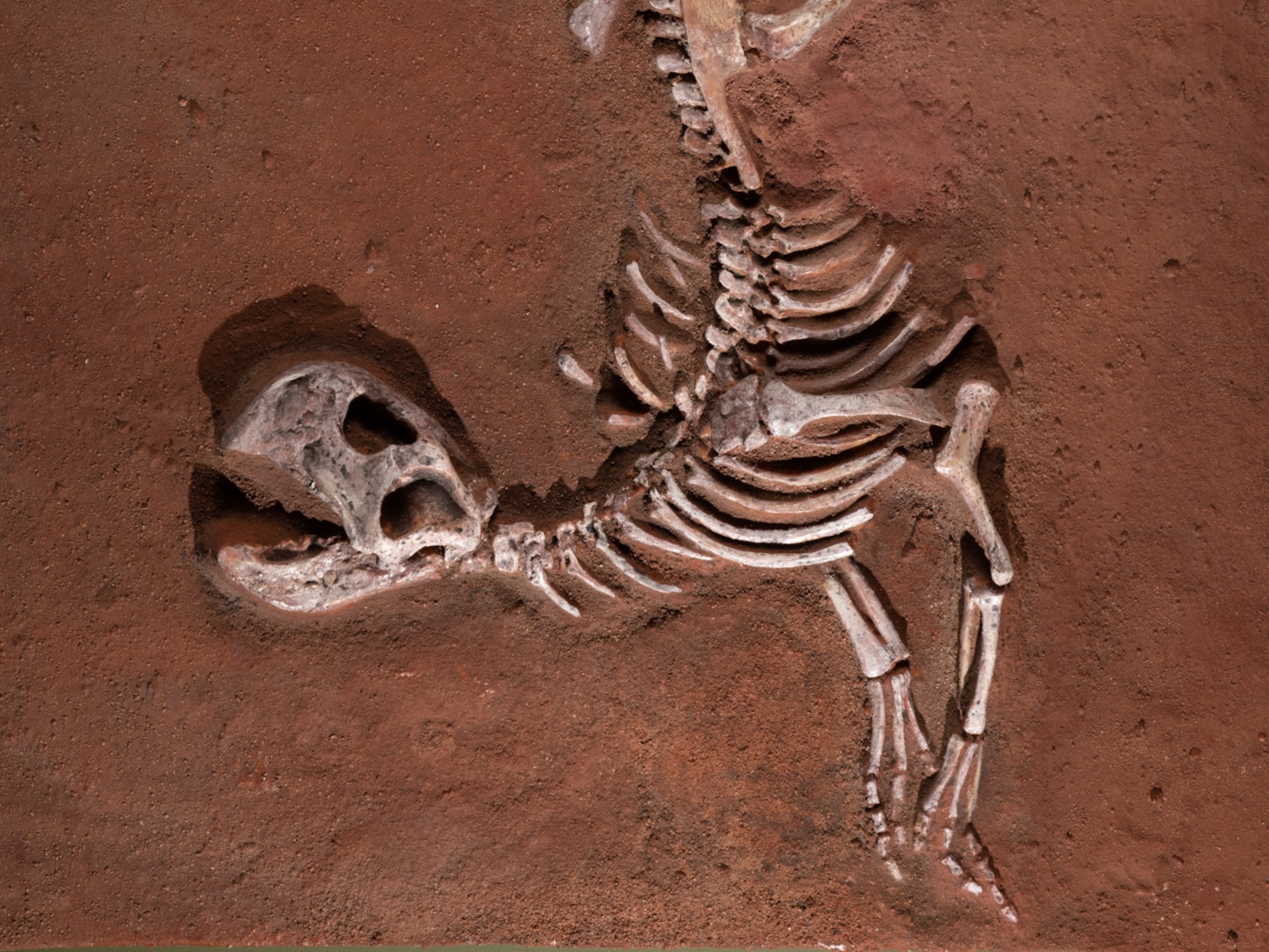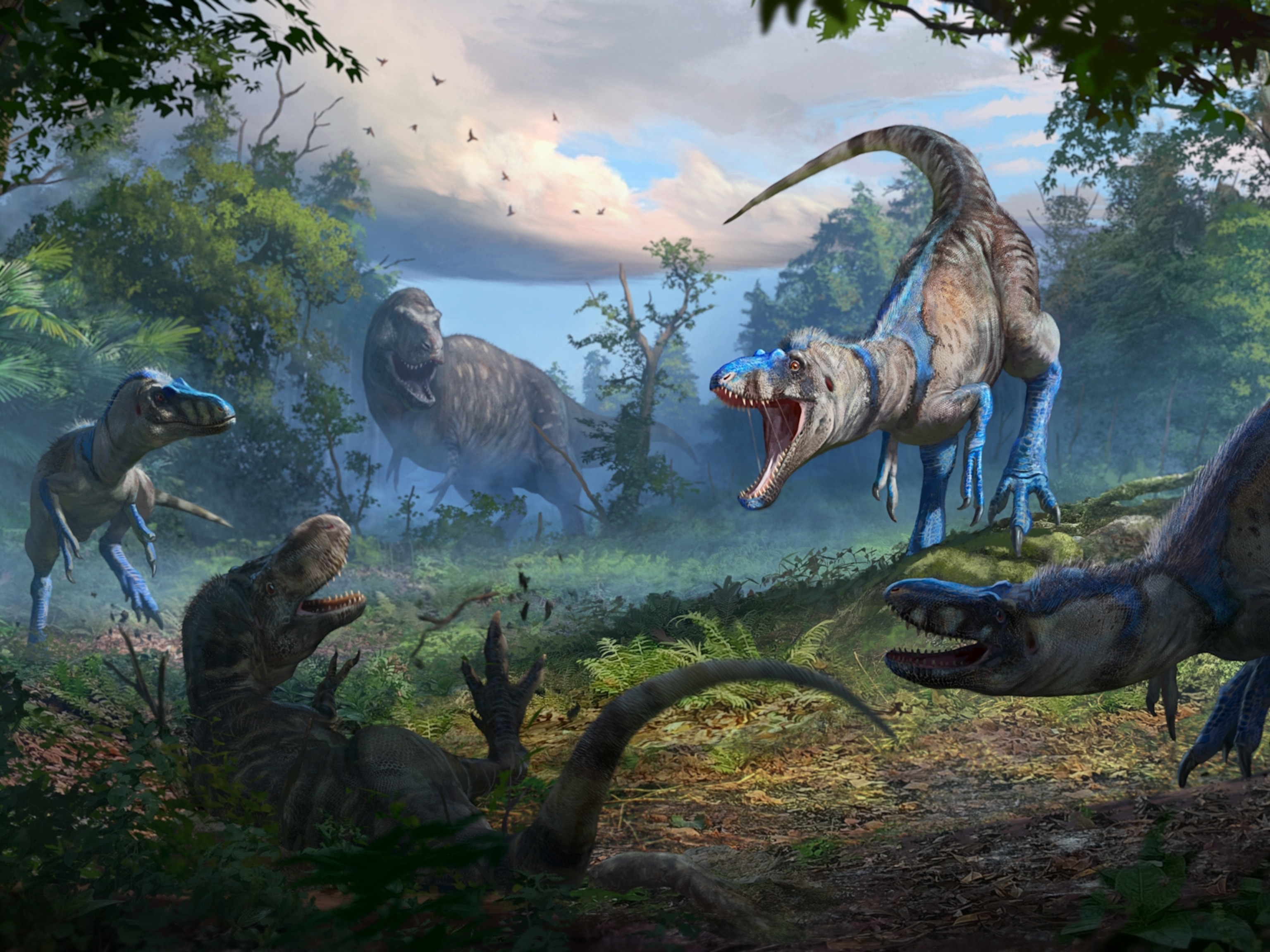
Is Exotic Diet Giving Giant Tortoises a Boost in Galapagos?
Some of the rare reptiles are chowing down on plants brought accidentally to the islands—and may be healthier as a result, a new study says.
Some Galápagos giant tortoises are developing a taste for exotic cuisine—invasive plants that people have unwittingly brought to the volcanic islands off Ecuador, a new study says.
While invasive species are usually not good news, the discovery may be a boost for an aptly named subspecies called the indefatigable island tortoise (Chelonoidis porteri), which is considered endangered by the International Union for Conservation of Nature.
Fewer than 20,000 giant tortoises across 11 subspecies are thought to remain on the islands, having withstood centuries of hunting and habitat destruction from introduced animals such as pigs and goats. (Also see "Lonesome George, Last of His Kind, Dies in Galápagos.")
Though the giant tortoise is one of the most well known animals living on the Galápagos Islands, many aspects of its life are still poorly understood.
That's why Stephen Blake, a biologist with the Max Planck Institute for Ornithology in Germany and a National Geographic grantee, traveled to Santa Cruz Island (map) in 2009 to study the animal's diet and migration patterns.
The team GPS-tagged ten tortoises on Santa Cruz, home to several thousand of the rare reptiles. After four years of recording the diet and movements of these lumbering beasts, Blake and colleagues found a somewhat disturbing pattern—of the 64 species of plants consumed by the study tortoises, nearly 44 percent were non-native.
Additionally, the scientists found that as the tortoises migrated from the arid lowlands to the more lush highlands, their diet consisted of progressively more invasive species, according to the study, published in March in the journal Biotropica. (Related: "Galápagos Tortoises: Slow and Steady Migrators.")
"This iconic species living in this iconic land already relies heavily on introduced and invasive species," says Blake, "and is going to continue to rely on them for the foreseeable future."
Invasive Guava—It's What's For Dinner
It's easy to see why tortoises would choose some invasive species over native ones, says Blake.
For instance, the native species of guava, Psidium galapageium, tends to produce small fruit that has thick skin, large seeds, and bitter pulp. Blake describes them as tasting "horrible."
On the other hand, the invasive species of guava, P. guajava, has been cultivated around the world. As a result, the tree produces dense clusters of large, juicy, thin-skinned fruits that the tortoises go nuts for.
"You and I prefer eating honeycrisp apples to crab apples," Blake says, "and it's just the same for tortoises."
A Matter of Elevation
David Steen, a wildlife ecologist at Auburn University in Alabama, said the study is strong, and shows that tortoises are clearly able to make use of introduced species. Why they do so, he says, is still up for debate.
"Do tortoises prefer to eat introduced species or do they simply not care what they eat and just consume what's in front of them?" wonders Steen, who was not part of the study team.
Steen is interested in another finding: That the tortoises' health increased with elevation. Blake and colleagues determined this by taking and analyzing blood samples and observing the reptiles' body condition.
Does this mean the invasive plants are actually more nutritious for the tortoises than their native food? This, too, remains to be proven.
Since the highlands are lusher, "perhaps they are just eating more of anything as they get higher in elevation," says Steen.
Don't Hail The Invasives Just Yet
If invasive plants are benefiting the giant tortoises, Steen says it wouldn't be the first time scientists have seen this phenomenon.
There's evidence that Lake Erie water snakes, once listed as threatened by the United States, now largely subsist on an invasive fish called the round goby. Likewise, map turtles in the southeastern U.S. are thought to benefit from feasting on invasive Asian clams.
While a forest full of invasive plants may be good for the Galápagos tortoise in the short-term, the effects these species have on the ecosystem at large is still a mystery. And because tortoises distribute seeds through their dung, the animals may actually be making the problem worse.
"Big changes in the ecological communities are going on, but our ability to quantify them and for me to describe them to you is surprisingly limited."





